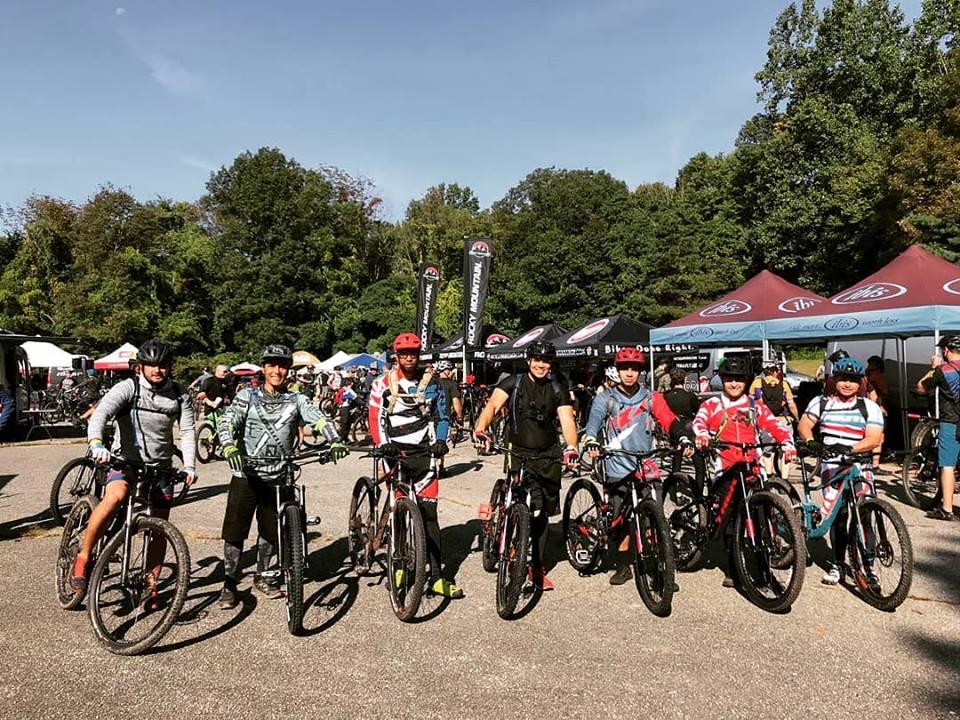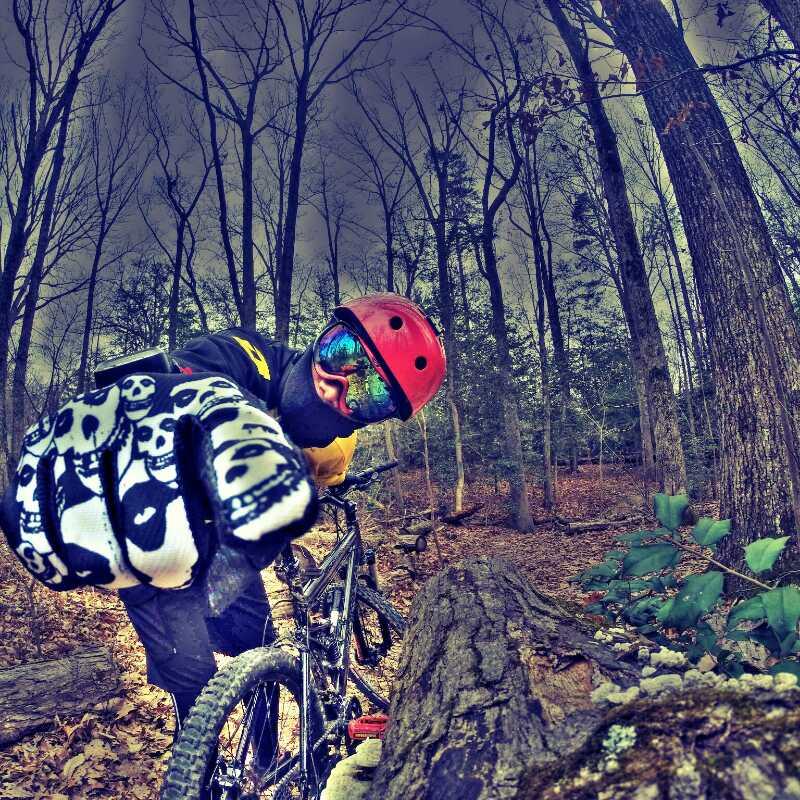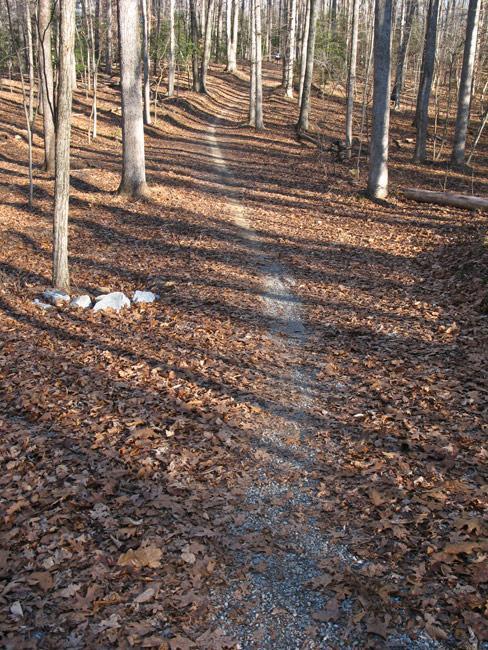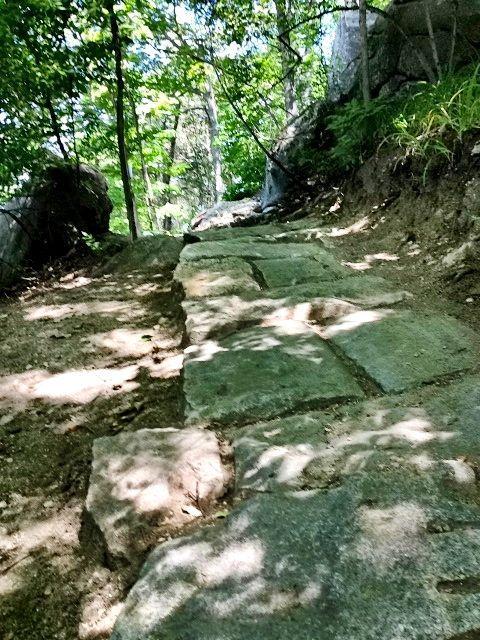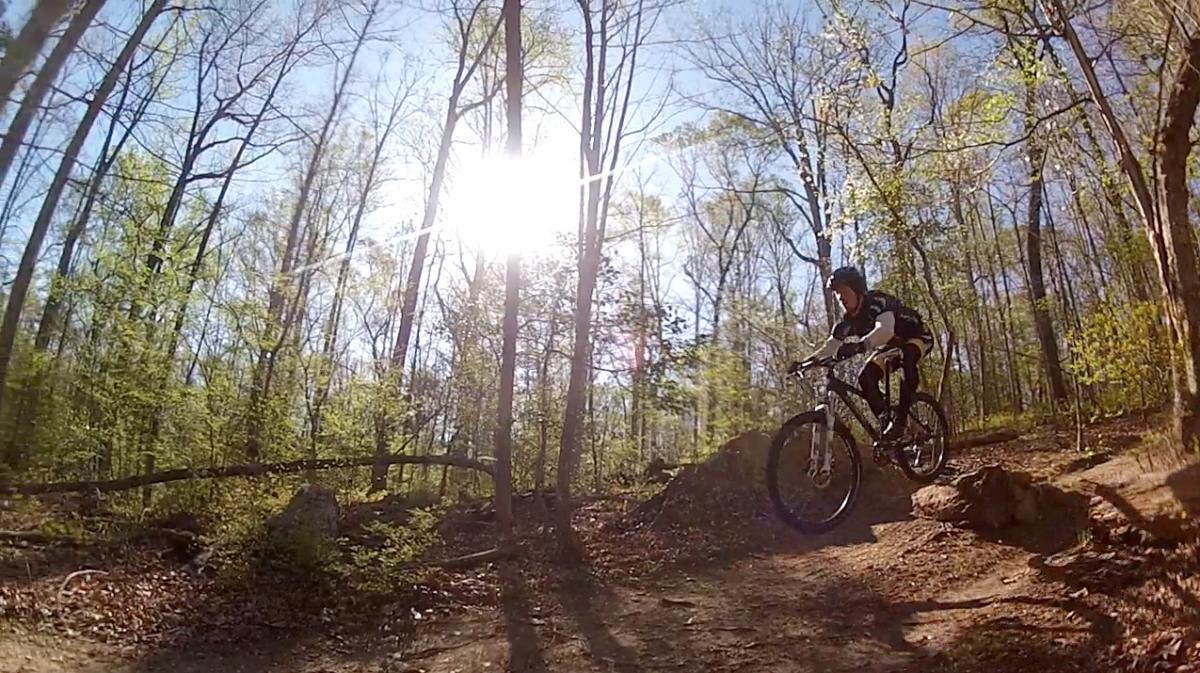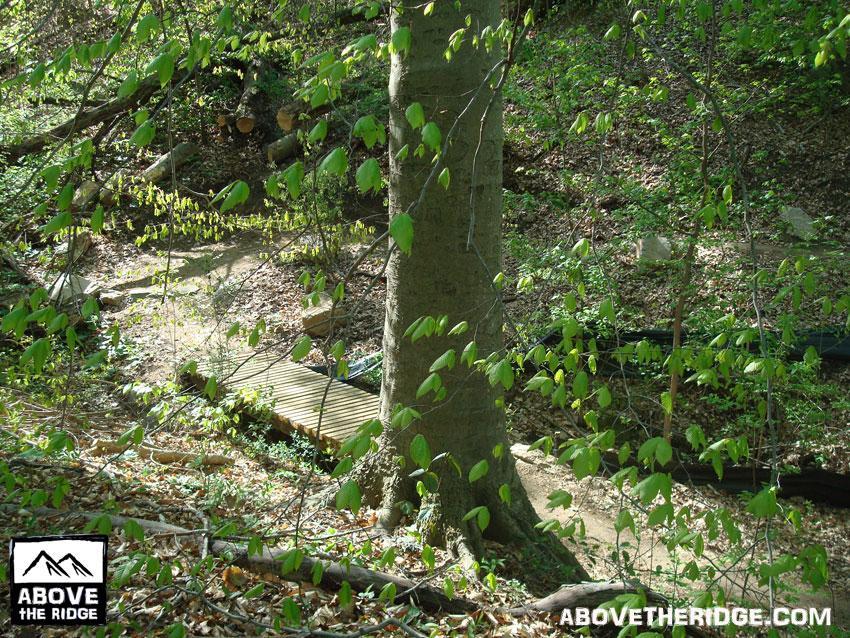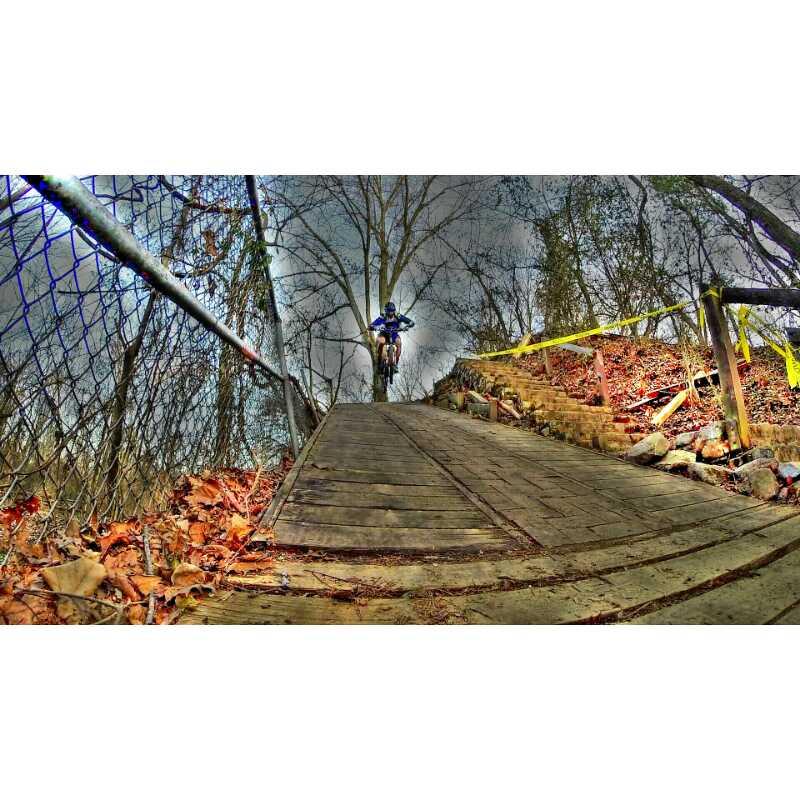Introduction
Located just 15 miles from the city of Golden, the Blue Grouse-Mule Deer loop offers a challenging yet rewarding cycling experience that's sure to captivate riders with its scenic beauty and technical intricacies. This article delves into the highs and lows of this enthralling trail network to provide cyclists a comprehensive understanding of what to expect.
Trail Basics
- Distance: 35 miles
- Level: Difficult
- Route Type: Network
- City: Golden
- State: Colorado
The Route Experience: Blue Grouse to Mule Deer Loop
Starting at Kirley Pond, a parking fee of $5 grants you a day of blissful isolation, as the trail is notably less crowded than others in the area. Once you hit the Blue Grouse trail, expect some pleasant singletrack that soon ramps up in technicality. The trail eventually meets the Mule Deer trail, which beckons you with picturesque campsites and valley views.
The Climb to Panorama Point
Prepare your legs for a climb, as the trail winds up to Panorama Point. While it might have been a rainy experience for some, clear days offer remarkable views that validate the uphill struggle. Though the trail lacks long downhills, the descent through loose rocky doubletrack is thrilling in its own right.
Additional Options for the Adventurous
The area is a maze of interconnected trails, so if the Blue Grouse-Mule Deer loop doesn't suffice, consider venturing onto the Mountain Lion Loop. With around 1,200 ft elevation gain, this trail offers a semi-technical uphill and an exhilarating, rocky downhill experience.
Important Trail Details
- Getting There: Reach the area via Golden Gate Canyon Rd, 15 miles from Golden. Multiple trailhead options are available, and the Visitor Center provides invaluable maps and information.
- Marking: Excellently marked trails make navigation a breeze.
- Terrain: The network features rocky, twisty, and steep downhills with multiple log and river crossings.
- Rideability: Although challenging, nearly all sections are rideable. Long stretches can be relentless, both uphill and downhill.
- Best Time to Ride: Aim for mornings to avoid the afternoon thunderstorms.
Who Should Ride?
The trail network is best suited for advanced riders equipped with modern freeride style bikes. While the trail is primarily rideable, it tests both your aerobic and technical skills. Beginners or those looking for a leisurely ride might find this trail strenuous and technically demanding.
Key Considerations
- Trail Maintenance: Riders have noted that the trail can suffer from rain ruts, so check conditions before heading out.
- Equipment: Make sure your shocks are set for the longest travel; your





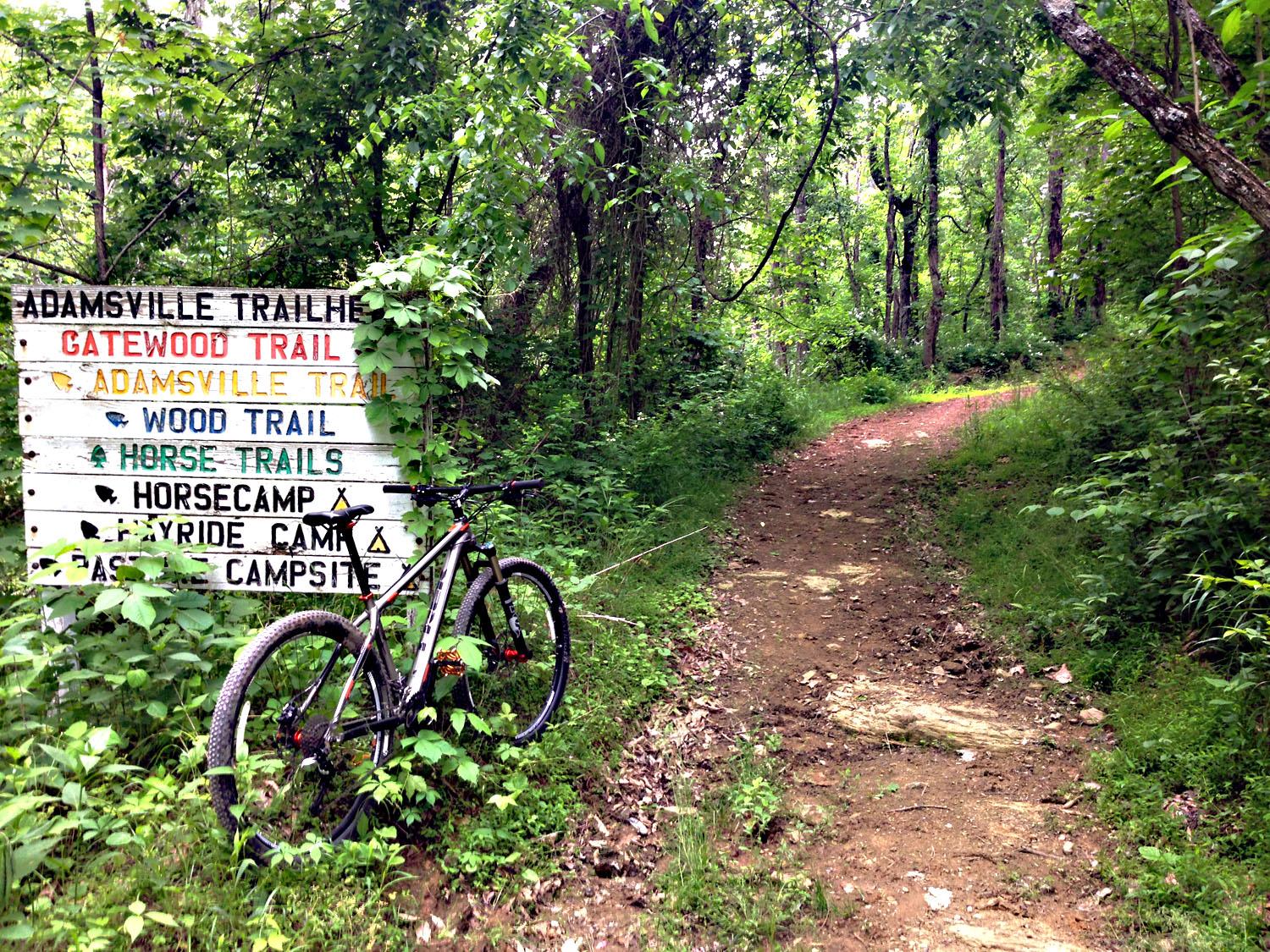
 10 mi
10 mi 